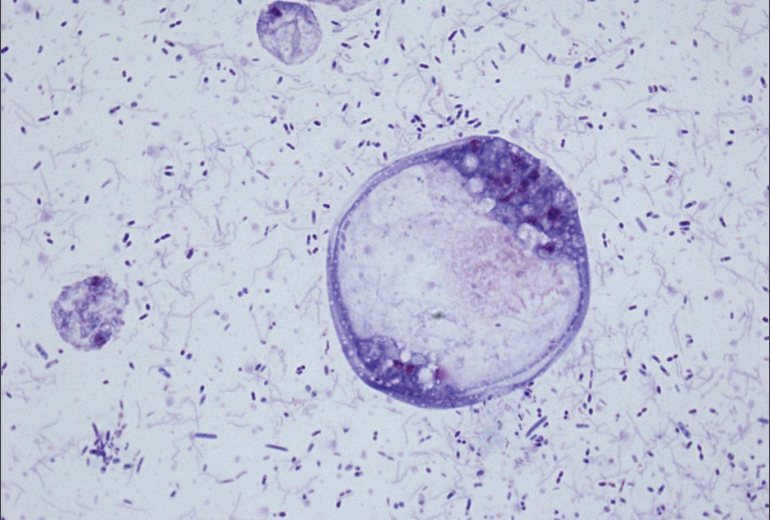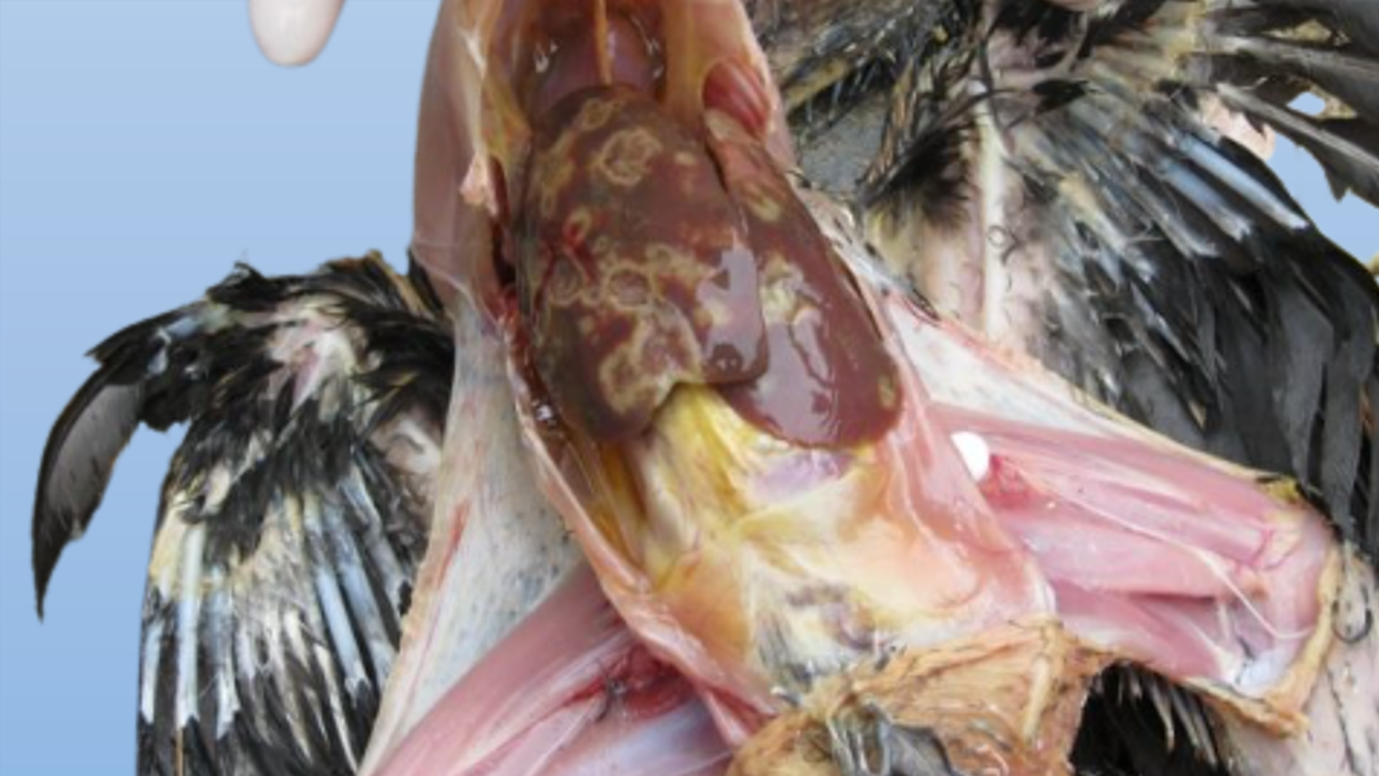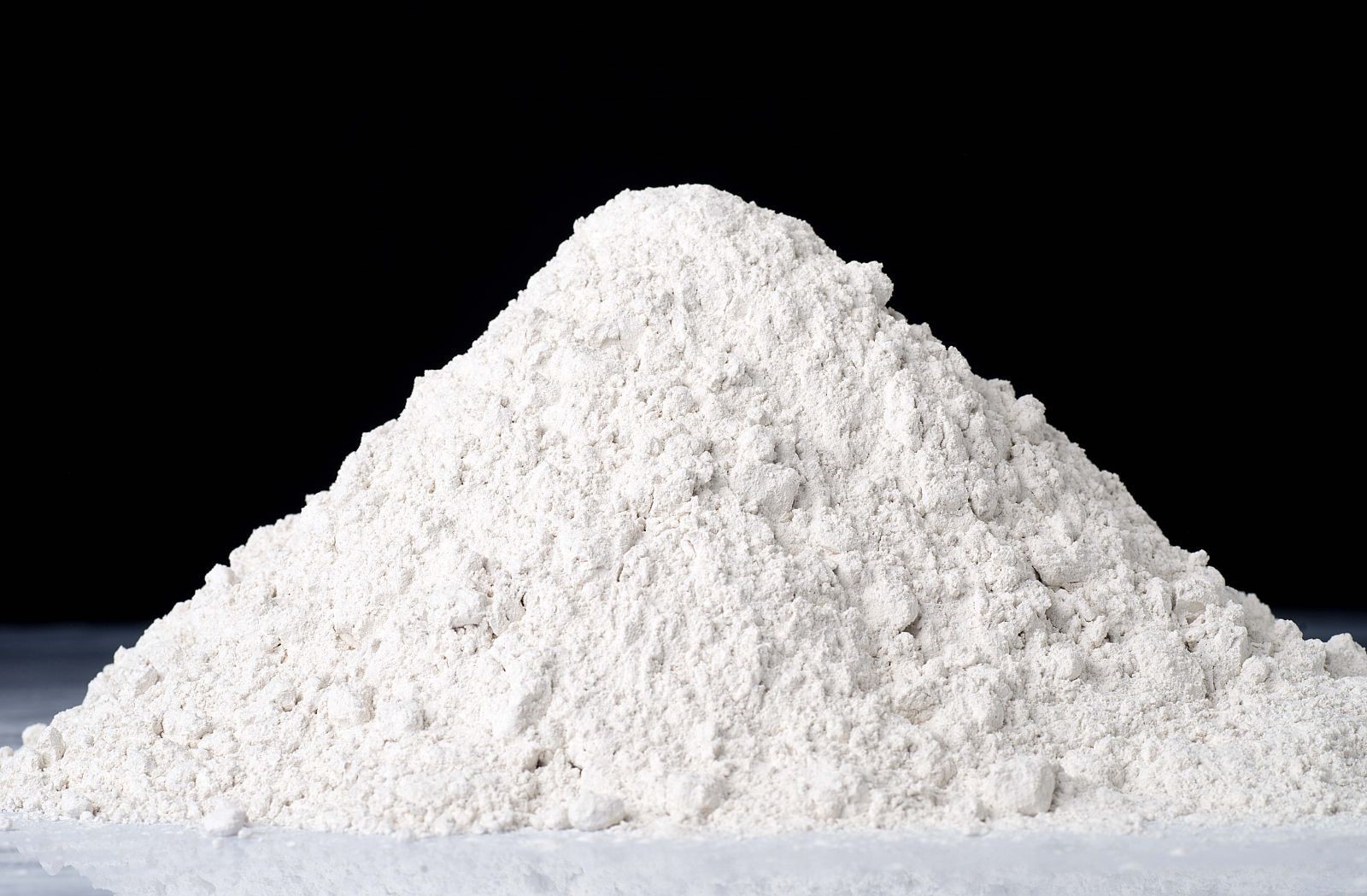Histomoniasis in chickens is extremely dangerous, causing lethargy, high fever, and potentially rapid death. Therefore, it is essential to know how to prevent and treat Histomoniasis to minimize losses.
Histomoniasis is no longer unfamiliar to poultry farmers, especially those who raise chickens in semi-free-range or free-range systems. The disease primarily causes lesions in the liver and ceca, increasing mortality rates and severely impacting farmers’ profits. Therefore, understanding Histomoniasis and effective prevention and treatment methods is crucial.
1. CAUSE
– The disease is caused by the protozoan Histomonas meleagridis, which invades the mucosa of the ceca and liver, creating characteristic lesions in these organs.

– Affected animals typically include chickens, turkeys raised in free-range or semi-free-range systems, and some bird species. The disease often occurs in birds between 2 weeks and 4 months of age. Even free-range laying hens may become infected if the environment is contaminated.
– Transmission occurs via the digestive tract when chickens ingest pinworm eggs carrying Histomonas.
– Infected chickens continue shedding the pathogen into the environment through feces or infected pinworm eggs. If earthworms consume the pathogen, it can persist in the environment for a long time, making eradication difficult. In areas with a history of Histomoniasis, subsequent flocks may have a high infection rate.
2. SYMPTOMS
– Lethargy, fever, tucking head under wing, seeking warm and sunny spots to lie down.
– Yellow or black sulfur-like droppings, feces resembling crab bricks, watery stool with undigested core.

3. LESIONS
– Lesions are mainly observed in the ceca and liver
– Liver: Enlarged, with characteristic necrotic circular lesions resembling daisy flowers; the necrotic surface is slightly depressed.
– Ceca: Swollen, thickened wall, ulcerated mucosa; contents may include bloody mucus (similar to coccidiosis) or firm, caseous core resembling calcification.

4. PREVENTION
– Regular disinfection of poultry houses using Iondin @, Belucid, or lime powder.

– Avoid releasing chickens into the yard during rainy weather.
– Deworm chickens periodically using Ivmectin 10 Oral or Ivmectin 6 WS
– Supplement with Vitamin C 10% to boost poultry immunity
5. TREATMENT
– Use the following products to support treatment of Histomoniasis in chickens:
Use Paramol 200 WS to reduce fever. Supplement with digestive enzymes: Fizymlus or Haspro. Add Intertonic Oral or TonicKey for liver and kidney detoxification. Supplement with G-CKC to enhance immunity
– Medications to eliminate the primary cause of Histomoniasis:
Use Sulmotri WS at 1–2g per 5kg body weight or Sulmotri 480 Oral at 1ml per 10–15kg body weight for 3–5 days
– Medications to eliminate intermediate vectors:
Mix Ivmectin 6 WS or Ivmectin 10 Oral to deworm chickens, or use Intermectin injection from Interchemie (Netherlands), which has shown effective results in treating Histomoniasis.
The above knowledge of symptoms and prevention measures helps poultry farmers be well-prepared to timely manage and mitigate Histomoniasis, reducing losses and protecting the health of their flocks and their economic returns.
